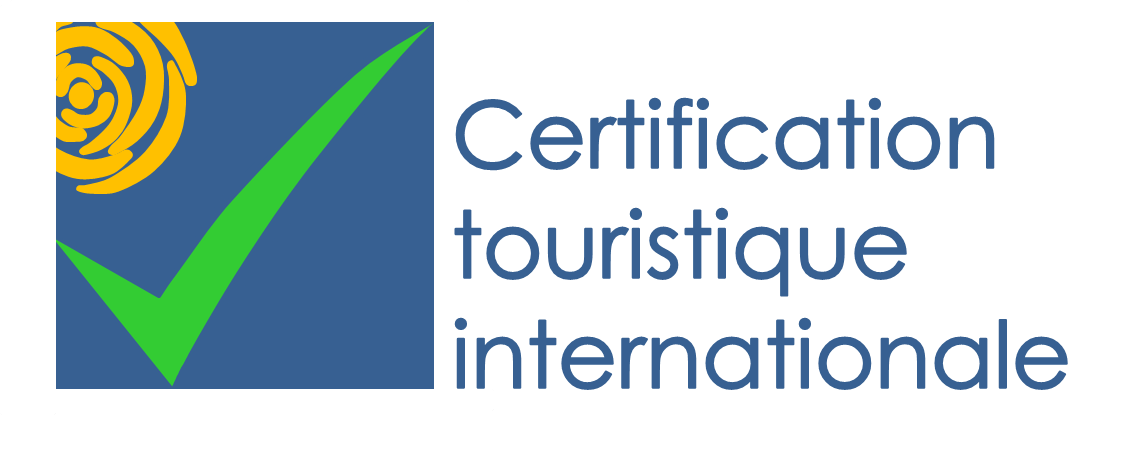«A project is taken to be a discrete package of investments, policy measures, and institutional and other actions designed to achieve a specific development objective (or set of objectives) within a designated period». (World Bank, 1986). The existence of a problem affecting a certain group (or groups) or an opportunity is the starting point for many development projects. The description of the problem or the opportunity justifies the need for intervention and the project document will explain how the intended action will contribute to the solution.
Sometimes, project ideas are set out in terms of opportunities which may be of strategic interest to the selected group. In these cases, which are more frequent in the business environment, problems are defined in terms of challenges, and the project document is likely to be part of a business plan. Having said that, beginning with a problem or challenge analysis does not mean that the project starts with a negative vision. On the contrary, it will help you to detect conditions that can be improved for the group. In this way, the project will have a positive mission right from the start. In a society characterised by multiple challenges and dimensions, a project can increase and improve its impact to the extent that it is an integral part of a larger plan of an enterprise, a cooperative organization or a community. It may be one component of a multi-annual business plan, or part of a response to a national action plan for private sector development. If it is intended to contribute to development goals and sustainability strategies, the project’s core objective must be compatible with and connected to international and national development priorities. While a good project proposal may well bring in financial resources, managerial and entrepreneurial skills are required for effective and long-lasting results. Project design does not replace management or business vision. However, results-based management (RBM) and strategic planning approaches are of use in business planning. They can enhance access to different types of funding, including loans, subsidies and grants.
Thorough consideration should always be given to sustainability, especially the future of services and products for the beneficiaries. It also means planning the origin of the resources necessary to continue activities in the medium and long term, once the project has ended. When we say that projects must be sustainable, we refer to content, resource use, size, impact on the environment, and finance. The core elements of sustainability are:
- social sustainability - impact on working conditions, compliance with international labour standards, social protection, etc.;
- financial sustainability - financing of follow-up activities, sources of revenue for all future operating and maintenance costs, etc.;
- institutional sustainability - structures that allow the results of the action to continue. Consider local “ownership” of outcomes;
- environmental sustainability - impact on the environment. Avoid negative effects on natural resources and on the broader environment.
Tourism Certification International (TCI) helps governments, enterprises and communities to identify, design and implement their projects.
Project Design
There are different approaches to project design. Many governments, banks, development organizations and donor agencies use project cycle management methodology and the logical framework tool the most. In many cases, they are even mandatory.
Every project has to follow a series of phases, allowing the process to be guided from the moment the problem is identified until it is solved. This series of phases is known as the project cycle. Project cycle management (PCM) is a results-based decision-making tool. Each phase is crucial and should be fully completed before going on to the next. Programming new projects will draw on the final evaluation in a structured process of feedback and institutional learning.
Design is the starting point of the project cycle. Project design provides the structure of what has to be achieved, how it is to be implemented and how progress will be verified. Therefore the design is the most crucial phase. Its quality will influence the following stages in the project cycle.
Too often, little time is devoted to this phase due to scarcity of resources. Designing a project requires an upfront investment. Nevertheless, the less people are willing to invest in designing their project, the higher the risk of compromising its quality when the time for implementation comes. In the case of resources, it is best to allocate a considerable amount to this stage, which can facilitate and improve the quality of analysis and identification of real needs. If financial resources are not available, time is still an important factor, one that can, for instance, contribute to cohesion among stakeholders and familiarity with the context and its main problems and challenges.
Project Implementation
Tourism Certification International (TCI) has a worldwide team ready to help you to implement your project. Projects use a certain amount of financial, material and human resources and are implemented within specific times. Resources and time are limited, and are often scarcer than you would like. The project seeks to make the best use of both to achieve the greatest possible contribution to the solution of the problem and the attainment of positive changes. Ultimately, this concern is the basis for project planning for any organization or enterprise, including communities and cooperatives. It is often needed to mobilise further resources and to look for additional funding in order to tackle the core problem. A project needs a specific team of people in charge of implementing it and supervising a series of administrative and financial procedures. This team is not permanent, but it exists throughout the project. Activities and outputs are the individual components of every project. They are interrelated to create an organised process oriented toward achieving the objectives and producing an impact on the existing environment. To achieve the desired situation, every project is implemented by means of activities, which generate a series of outputs that, in turn, lead to attainment of the objectives. The activities, outputs and objectives have no meaning in themselves, but are means for bringing about a change (impact) that benefits the project’s target group.
Monitoring and Evaluation
The monitoring phase is the concrete implementation of the activities planned in the approved document. The work plan (or implementation plan) is generally prepared at the formulation stage in order to assess its feasibility and plan the needs in terms of human resources, financial resources and time before submission to the financial organization. In some cases, the work plan will only be prepared if not done at the formulation phase or adjusted.
Monitoring takes place throughout the project. It is an internal, participatory process. It allows the cooperative or cooperative support organization to see whether the outputs are being achieved and the resources efficiently and effectively used and to take corrective action when needed. In some cases, the project’s management, cooperative members or stakeholders may decide that the original design was unrealistic, the internal structure or the budget irrelevant or the management incompetent.
The final evaluation of the project is generally conducted at the end of the project to see whether the planned benefits were achieved. Lessons learnt are underlined and could be documented so that they can be replicated or scaled up and integrated into future cooperative development strategies and projects. Ex-Post Evaluations are prepared also in some cases after the project has ended to measure the impacts sustainability.

